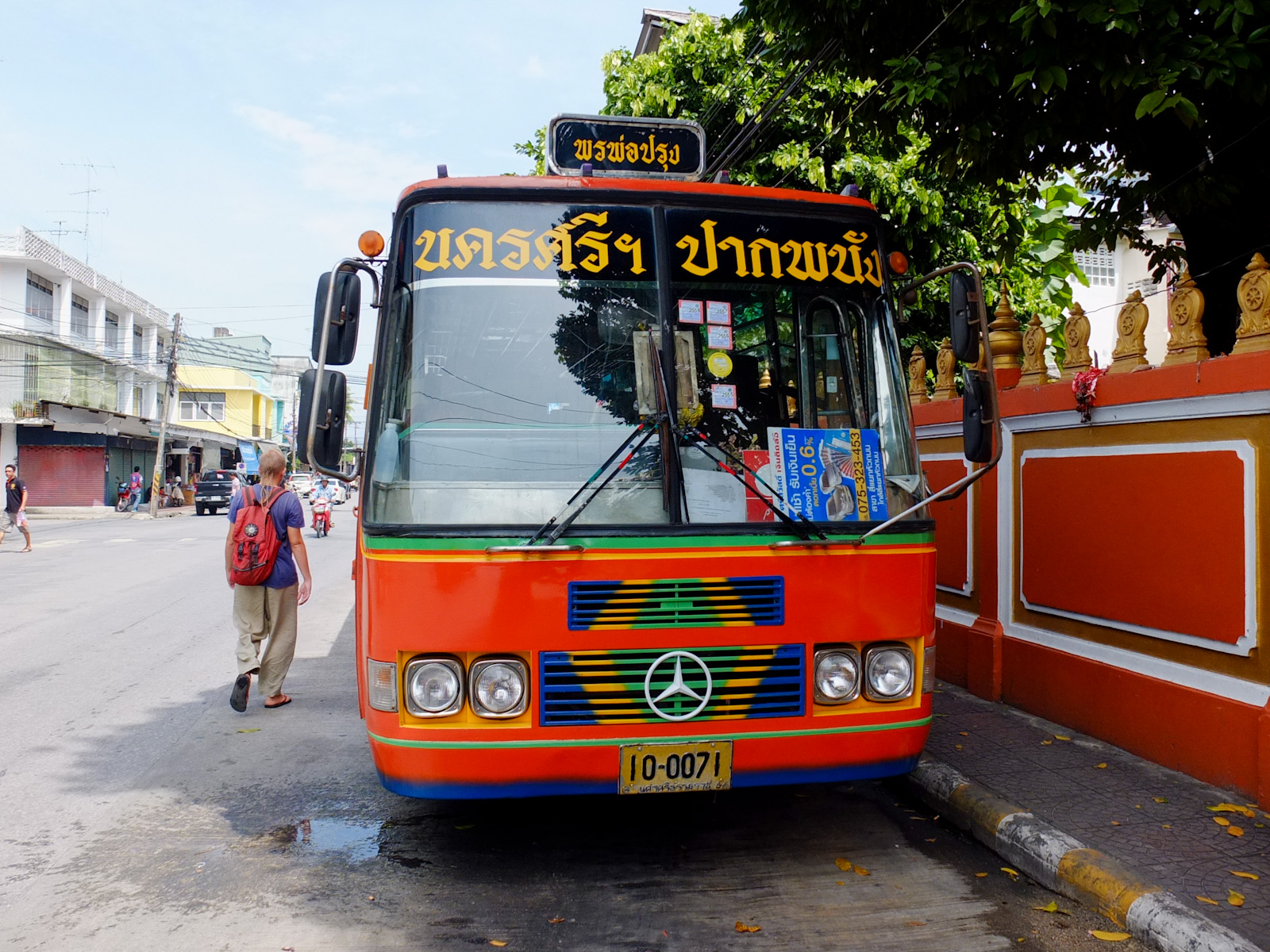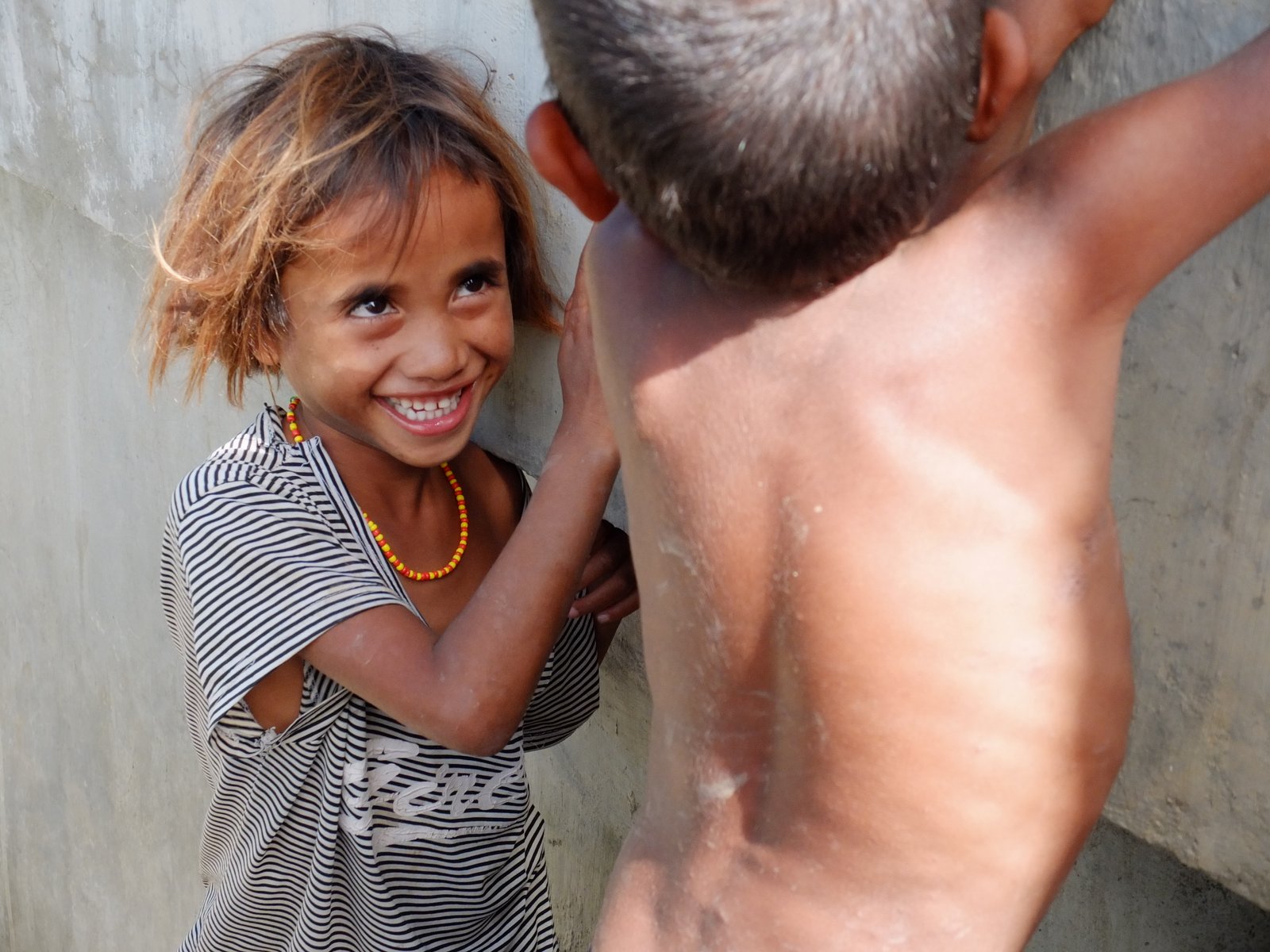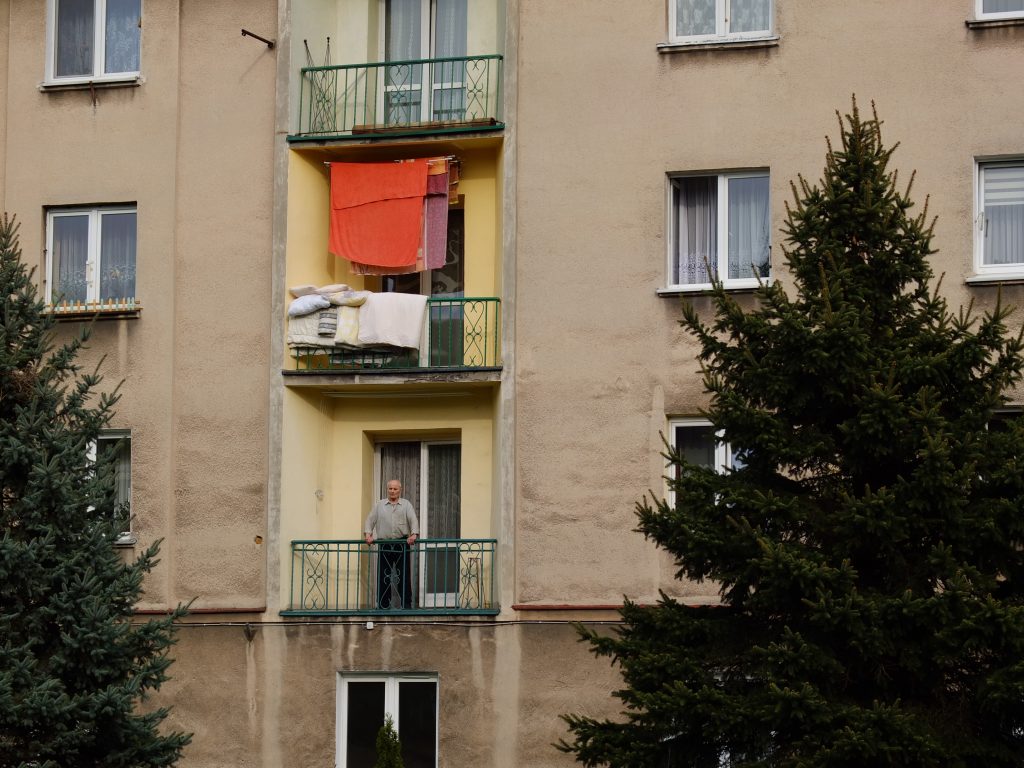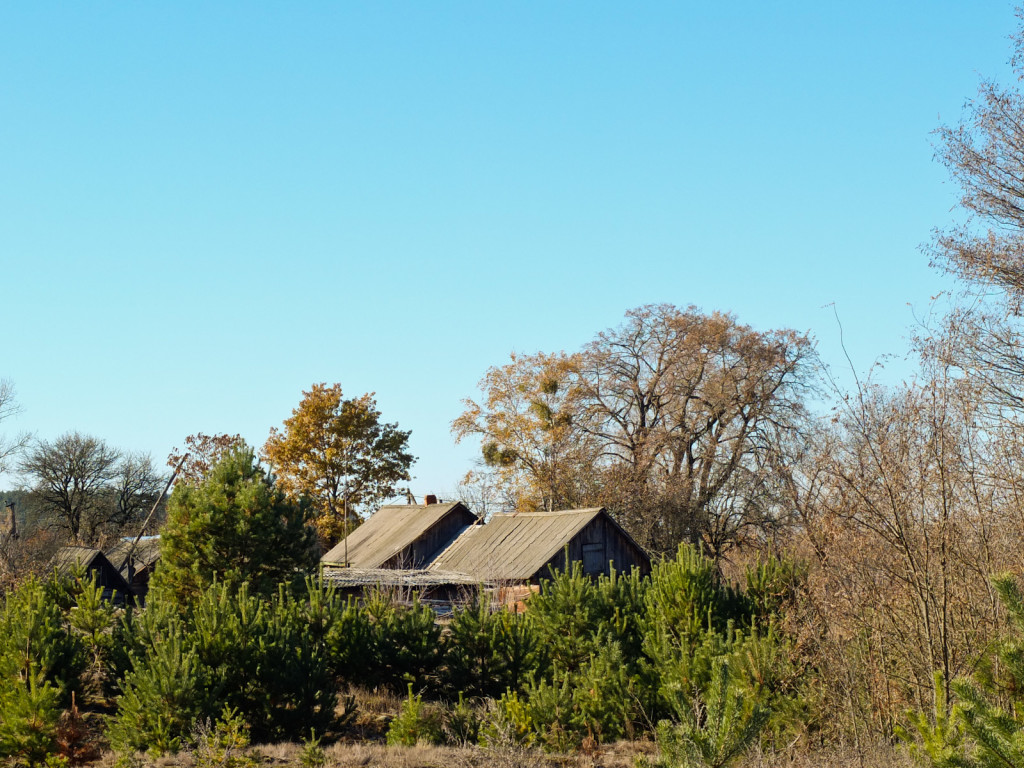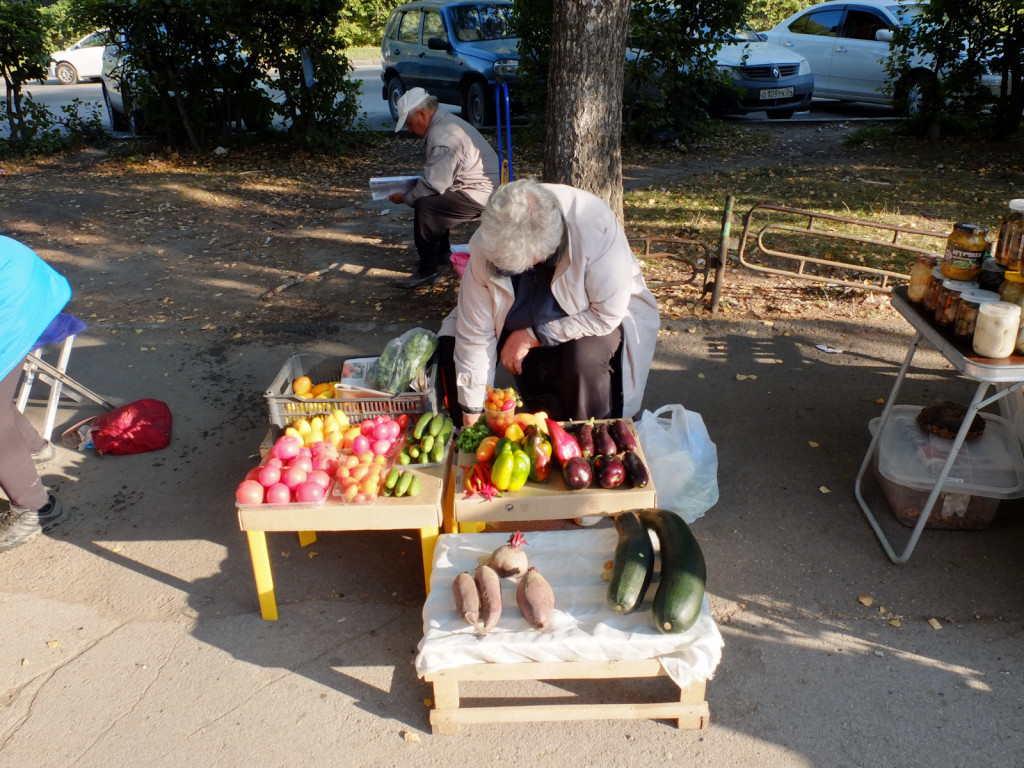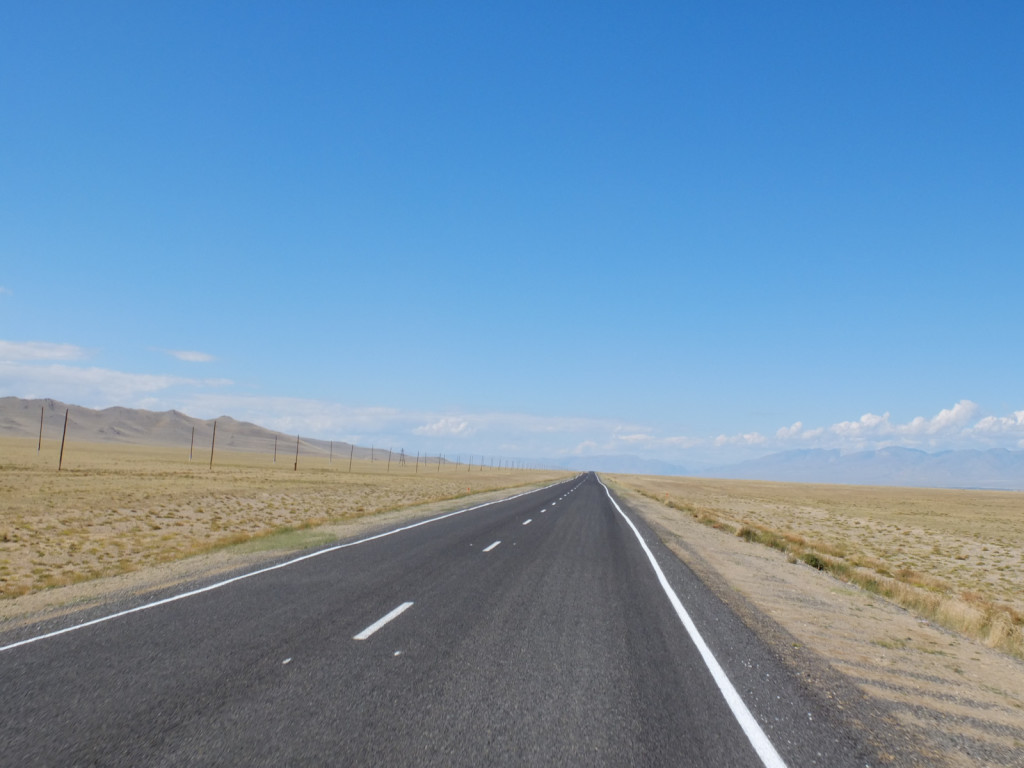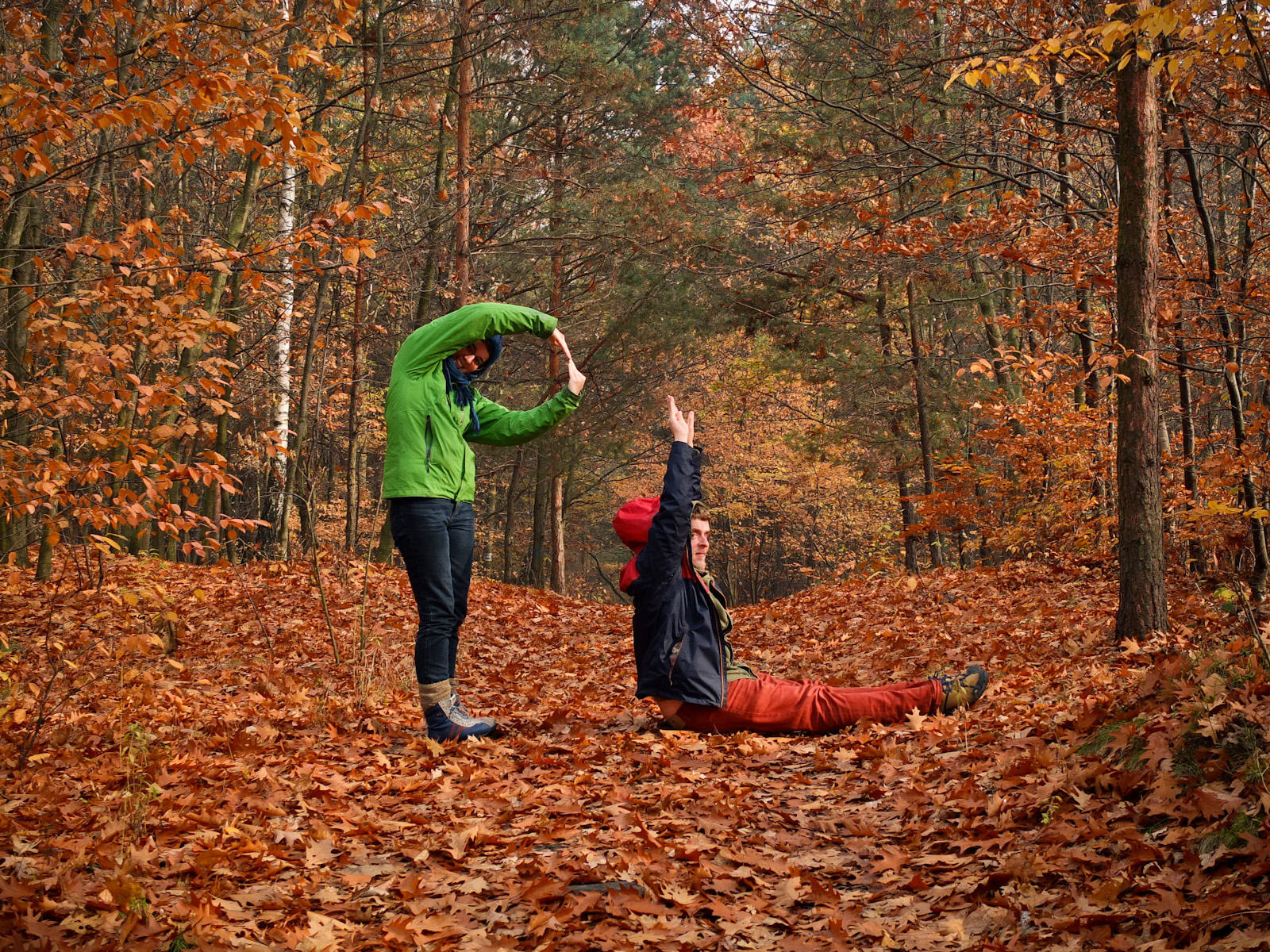
Tag: gardens
#5 of 12 things I’ve learnt living 12 months in Poland
Here’s the latest episode of our summer/winter reflective series “12 things I’ve learnt living 12 months in Poland“.
5. How to live without a backyard
For an Australian, your own backyard seems to be a rite of passage. Even in my student share houses, there was always a backyard, usually under-used and overgrown. I hardly knew anyone who lived in an apartment – that’s something only for rich, inner-city, business people. Here in Poland (and the majority of the world), that equation is rather reversed. Continue Reading →
Sabu Island
While we at DTT are busy organising a visa for Wendy in Europe and planning the project’s future; We would like to kick-off 2016 with our first guest article by our dear friend Nick Metherall. Nick has spent several years living, studying and volunteering in Indonesia, during which time his heart was captured by Eastern Indonesia’s Nusa Tenggara Timur (NTT, ‘Southeastern Land’s East’). Nick is a specialist in the remote region, often neglected by politicians, international markets and researchers alike. Nick was an absolute wealth of knowledge for our journey through Indonesia, putting us in touch with some truly amazing communities and families. Eastern Indonesia is one of the most special places we visited in our journey and thanks to these connections, we were able to dive into the depths of its complexities. While we are still finding the words to describe our experiences in the region, we know we’ll be returning to this topic again. We wish to stress that this is a most fascinating place, because of the cultural diversity of the region from which there is so much that can be learnt, not to mention its picturesque beauty. As Australia’s closest neighbour, Eastern Indonesia certainly deserves a greater focus. But let’s hear Nick’s voice first…
Almost exactly a year ago I was on the small island of Sabu Raijua, in Eastern Indonesia. Far off the beaten track, Sabu is located southwest of Kupang, Timor and northwest of Darwin, Australia. This is one of the driest and most remote islands in the province of East Nusa Tenggara and Indonesia more widely. Through visiting Sabu I learned a great deal about how the small-scale farming communities in such rural areas are able to survive the challenging conditions of living on one of the driest islands of Indonesia. I also had some adventures along the way which involved riding my motorbike all around the semi-arid island, staying in villages and farms, learning of sabu sugar and even a bomb scare…
[codepeople-post-map] Continue Reading →
Red October
What was the name of this village before the revolution? “There was no village here before the revolution, it was a river here,” says Kirill (36), whose family are the only permanent dwellers of Чырвоны Кастрычник (Chyrvony Kastrychnik, Red October in Belarussian), “In the early years of the Soviet Union, they straightened up the Dnieper River for navigation. People from an overpopulated village nearby moved here then.” The whole region of Polesia, full of swamps and flooding rivers, has long been ignored by history. Local folks spoke their own language that had no name, they were calling it “our speech”. Even in the interwar period of 1918-1939, many dwellers of Polesia were not seeing themselves as belonging to any nation – asked who they were, they would answer “we’re from here.” They lived the same way for hundreds of years, growing and collecting food in the summer and in the winter making clothes and other commodities. “Every day of the year had its scheduled tasks, they always knew what to do,” says Kirill, “The oldest people remember it as a very happy time, with almost unlimited freedom.” Everything got changed in the time of the Soviet Union, that is after World War II in the west of Polesia and here – after the October Revolution, the Red October.
Real food Russia
Russian language does not have the word “organic”. Or, it technically does, but no-one uses it. Rather they use the word “artificial” when speaking about food produced with the use of chemical fertilizers, pesticides, herbicides or GMO crops. And in Russia, even for those living in the cities, it is very possible to choose to consume non-artificial foods. Natural food is abundant in Russia, and we’re meeting all sorts of people who understand and value the importance of such food.
“The food has soul, spirit to it.” Says Nastya, a Ukrainian now living in Moscow. “When I go into a supermarket, the food is apathetic. I have no appetite for it. I grew up going to markets in the West Ukraine where you buy eggs off one lady and cheese from another. And I choose this one because I like her hands. Here, there is a direct transaction of the food, from one hand to the next. Continue Reading →
25 photos to make you re-think China
China is often shrouded in stigmas and stereotypes. From the outside heading in, I had an idea of what I expected to see. However, we found China to be a massive and multifaceted place, full of surprises. Here, we’ve selected some images that might help shift your thinking or broaden your perspective of China 2015.
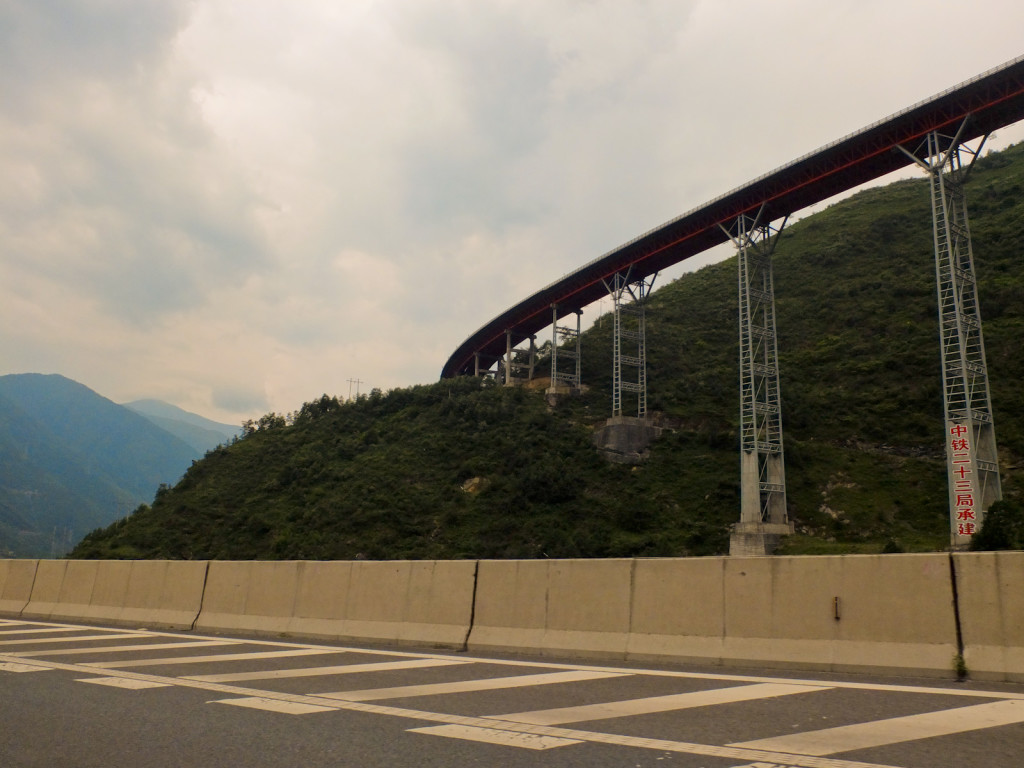
1. Highway, Yunnan Province: The roads in China are breathtaking works of engineering. Entering from Laos, where the road is so muddy our bus was often going up hills sideways to avoid bogging, the contrast was stark. In China, mountains and valleys are no obstacles: the road continues straight, tunnelling through the mountains and bridging over valleys, for kilometers, if that’s what it takes. The roadside reading “Continuous downgrade for next 54km” is probably not in existence anywhere else in the world. They have special emergency breaking areas for trucks when breakpads get too hot on the constantly angled declines.
Russia: first impressions
While tales from China and Mongolia are under construction (we’ve upped our travel pace in the last month!), I’m breaking our usual chronological series to pass on the spirit of our current surroundings. I couldn’t wait to tell you about our first experiences in Russia. We have just entered the country from Western Mongolia into the Altai Republic in southern Siberia.
A few facts about Russia that made me a little anxious about coming here: it went through the biggest organised genocide in human history; it hosts some of the most polluted places on the planet (and it has sucked dry an entire sea!); it was involved in starting a war in Europe in 2014; its TV cites sersious spokesmen saying gay culture was invented by the West to control population growth; temperatures of -40ºC are annual here. The country’s currency fell so dramatically this year, almost overnight, that Russians living in Thailand started making jokes about renting out their places in Thailand to holiday in Moscow (the Ruble is in rubbles). In Russian language there are words expressing such grim misery that they don’t translate to English. I was apprehensive about what we would find in this country and how we might be received, as representatives of ‘The West’.
Yet… It’s just amazing here! Turns out there was nothing to fear. In fact, quite the opposite. We’ve been blown away by Russia! And the beauty of the Altai Mountains, known by some as the most beautiful place on Earth, falls second to the generosity and hospitality of the people of Russia.
Conscious projects in Timor-Leste
During our visit we met a bunch of passionate people with exciting ideas to help shape the future of Timor-Leste. While you’ll find plenty of foreign aid workers in this new country, surely the Timor of tomorrow is best shaped by those who know it best: Timorese people. Here is a brief look at just some of the cool projects we discovered:
– Arte Moris: walking in off the dusty streets of Dili into the Arte Moris gardens is like arriving in the Berlin underground art scene… In a tropical jungle?! Amazing sculptures made almost entirely of collected rubbish. Litter is everywhere in Timor-Leste, with waterways often looking more like rubbish tips. There is no waste system in place and at best it’ll be burned (which of course isn’t good at all!). So to find people using this rubbish as the raw material to make something beautiful is really exciting. The team of artists who live and work at Atre Moris (the vibe is totally ‘artists squat’), run workshops to encourage local youth in creative expression, interwoven with themes surrounding the environment. Inside we caught an exhibition of two local artists, giving insight into daily life in Dili. Other works combine traditional handicrafts into modern works.
A day from travellers’ diary
Thursday, 9th of April 2015
At 5.17am Rita knocked on the door and asked us to have a tea. The rice was already cooked, boiled eggs and some tasty noodles were also waiting for us. The sun was rising and ayams (or chickens) were getting crazy, echoing through the whole town. Rita didn’t have to shout through the door as the house’s roof hangs above the walls with no ceiling, allowing for the hot, humid air to circulate throughout the building. Still very sleepy, drinking the sweet tea, Wendy told Rita ‘Wow, pagi-pagi tapi sudah ada nasi, terima kasih! Kakak tidur bagus?’ (So early but already have rice, thank you! Did sister sleep ok?) ‘Cukup’, enough, replied Rita smiling humbly.
We took a shower, sprayed ourselves with mosquito repellent, packed our bags and quickly went along the street full of banana trees to the main road. We had to catch a bus and it was already after 6. We were in Larantuka, East Flores, heading to Maumere after a wonderful week there. Rita had just started her CouchSurfing profile and we were her first guests. All of us were really excited to meet each other and we felt sad saying goodbye.
The story so far…
Setting Forth
[BMo_scrollGallery id=4 sG_thumbPosition=none sG_images=1 duration=slow gallery_width=600 gallery_height=400 thumbs_width=100 thumbs_height=100 sG_caption=1 sG_start=1 sG_loop=1 sG_loopThumbs=1 sG_clickable=1 sG_opacity=40 sG_area=200 sG_scrollSpeed=2 sG_autoScroll=0 sG_aS_stopOnOver=1 sG_diashowDelay=0 sG_followImages=1 sG_responsive=1 ]
Wendy set off for Sydney in a camper van relocation, giving Jurek the time he needed to tie up the loose ends of his Melbourne existence. After a 14 hour bus journey, the two reunited in Sydney Continue Reading →

